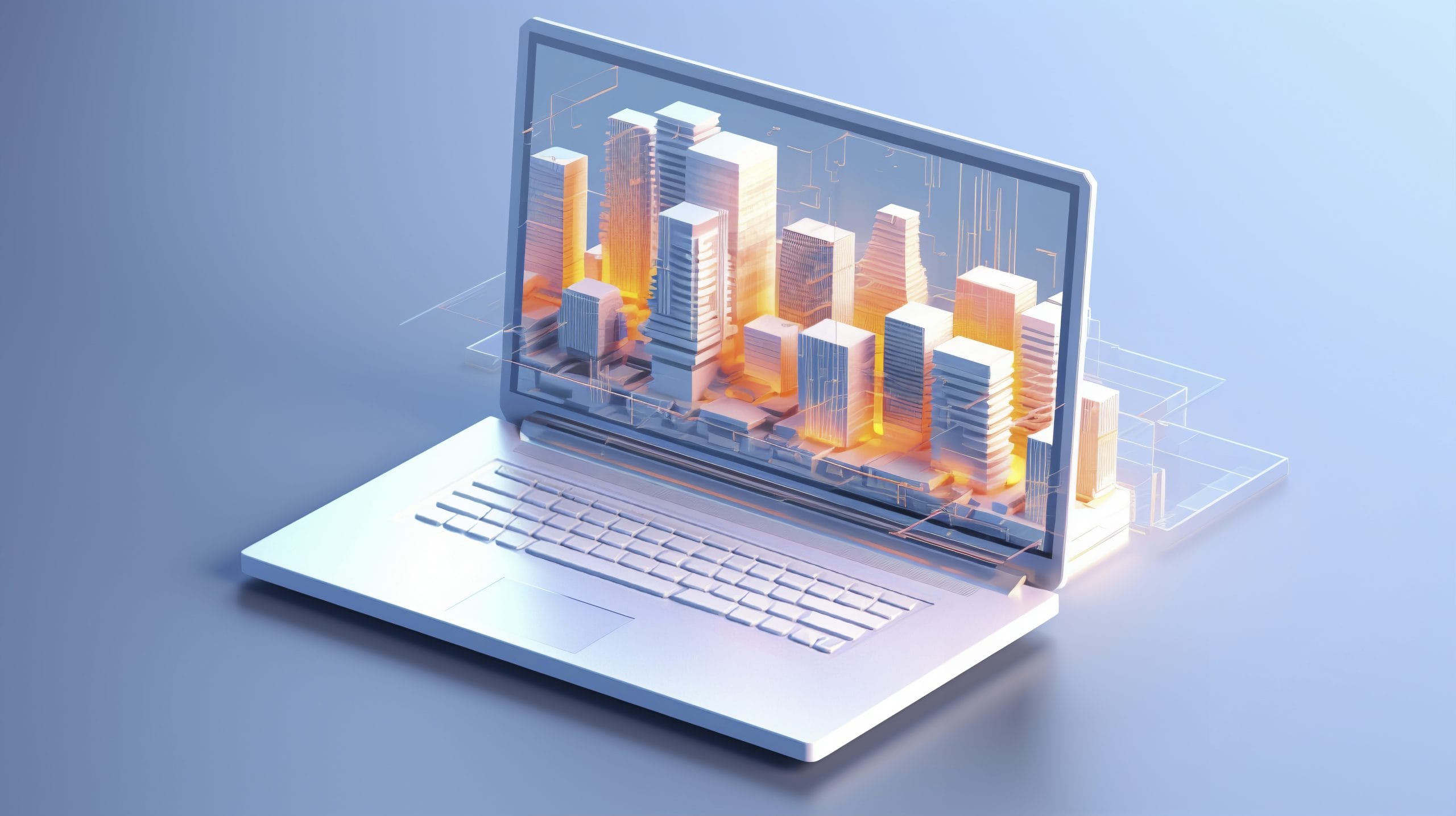Rethinking Growth in a Resource-Limited World
For decades, the global economy has operated on a linear model: take resources, make products, use them, and dispose. This model, while effective in driving rapid industrialization and consumption, is increasingly hitting environmental, economic, and social limits. From mounting waste crises to volatile resource markets and climate breakdown, the costs of this linear system are no longer ignorable.
As the world grapples with dwindling raw materials and the environmental toll of unchecked production, there is growing recognition that prosperity cannot continue to depend on extraction and waste. The circular economy presents an alternative — not a retreat from growth, but a redefinition of it. It challenges the assumption that economic progress must come at the expense of ecological health.
Unlike recycling, which often comes at the end of a product’s life cycle, the circular model starts at the design phase. It asks: how can we eliminate waste before it happens? How can we build systems where products, components, and materials are used for as long as possible, through reuse, repair, and remanufacture? And how can our economy regenerate, rather than degrade, the natural systems it depends on?
This shift is not merely ecological — it is strategic. In a world of supply chain disruption, energy shocks, and tightening regulations, businesses and governments are realizing that circular models offer greater resilience and efficiency. Countries like the Netherlands and Finland have set national circular economy roadmaps. Global brands — from IKEA to Renault — are piloting circular supply chains. And at a deeper level, the concept is reshaping how we define value, growth, and innovation.
The circular economy is not about doing less harm. It’s about doing things differently — designing a future where economic activity is decoupled from environmental degradation and where regeneration becomes the foundation of progress.
Core Principles of the Circular Economy
At the heart of the circular economy lies a simple but radical shift in mindset: waste is not a given — it’s a design flaw. Instead of accepting that products have short lives and inevitable endpoints, circular thinking reimagines how goods and services can be created, used, and repurposed in a continuous loop. This philosophy is grounded in three core principles, each with broad implications for business, policy, and daily life.
1. Design Out Waste and Pollution
In the circular model, waste and pollution are seen as consequences of decisions made at the design stage. Whether it’s a plastic wrapper that can’t be recycled or a fast-fashion shirt destined for landfill, the product’s end-of-life is often locked in from the beginning. Circular design encourages materials that are non-toxic, recyclable, and modular. It also promotes business models that replace ownership with access — for example, product-as-a-service models where manufacturers retain responsibility for maintenance and reuse.
2. Keep Products and Materials in Use
A key goal of the circular economy is to maximize the utility and lifespan of everything we produce. This means prioritizing reuse, repair, refurbishment, and remanufacturing. For example, electronics companies are building modular phones that can be easily upgraded, and fashion brands are embracing clothing rental and resale. In industrial settings, machinery is increasingly being maintained and upgraded rather than replaced. Each of these strategies reduces the demand for virgin materials and lowers environmental impact.
3. Regenerate Natural Systems
Unlike the linear economy, which depletes resources and pollutes ecosystems, the circular economy aims to restore and enhance natural capital. This involves moving away from extractive practices and toward regenerative ones — such as composting organic waste, using bio-based materials, and adopting regenerative agriculture. In cities, it could mean integrating green infrastructure that purifies air and water while providing energy and food. The goal is to build systems that not only sustain but revitalize the environment.
Across sectors, these principles are guiding new strategies. In agriculture, circularity is reducing dependency on chemical fertilizers through nutrient recovery. In construction, buildings are being designed for disassembly, with materials tracked digitally for future reuse. In energy, waste heat and bio-waste are being repurposed into new sources of power.
What sets the circular economy apart is that it doesn’t merely aim for sustainability through reduction — it seeks to create positive, regenerative value. It treats waste as a resource, views nature as a partner, and frames innovation not just in terms of efficiency but resilience and adaptability.
Why the Circular Model is Gaining Economic Momentum
The circular economy has moved from an academic concept to a real-world strategy adopted by governments, startups, and multinational corporations. But what’s driving this shift — and why now?
First, resource scarcity and price volatility are pressing concerns. Critical materials — such as lithium, cobalt, rare earth metals, and water — are increasingly subject to geopolitical tension and unpredictable supply chains. Manufacturers, especially in sectors like electronics and automotive, are realizing that circularity offers a hedge against shortages and a pathway to material independence. Recovering materials from existing products, rather than relying on mined resources, is becoming a strategic imperative.
Second, regulatory frameworks are evolving rapidly. The European Union’s Circular Economy Action Plan is setting stringent targets for reuse and recyclability. Extended Producer Responsibility (EPR) policies are spreading, requiring manufacturers to bear the cost of end-of-life product management. In Asia, countries like Japan, South Korea, and Vietnam are developing national circular strategies. As these frameworks mature, businesses will need to align with circular principles not just for environmental reasons, but to remain compliant and competitive.
Third, consumer expectations are shifting. A growing number of consumers are demanding products that last longer, use fewer resources, and are ethically produced. Circular models — like rental, resale, and buy-back programs — are being embraced not just by niche markets, but by mainstream retailers. Patagonia, IKEA, and Decathlon are just a few examples of global brands embedding circularity into their business models to strengthen customer loyalty and brand integrity.
Fourth, technological advances are making circularity more viable. Digital product passports, blockchain traceability, and AI-driven materials tracking are enabling smarter supply chains and more efficient recovery of components. 3D printing, modular design, and predictive maintenance are also making it easier to extend the life of products and infrastructure. These technologies are turning what was once a logistical burden — like reverse logistics and refurbishment — into a profitable opportunity.
Fifth, and perhaps most importantly, investors are paying attention. Circular economy startups are attracting significant funding, particularly in Europe and Southeast Asia. Climate-conscious venture capital and ESG funds are actively seeking out circular models that reduce carbon footprints, conserve resources, and provide transparency. Circularity is no longer seen as a niche green initiative; it is being recognized as good business sense with long-term returns.
The economic logic is clear: circular systems reduce material input costs, minimize waste disposal fees, open new revenue streams (through service-based or secondary markets), and build customer trust. For governments, they reduce dependence on imports, create local jobs, and align with climate and biodiversity goals.
In a time of economic uncertainty and environmental crisis, the circular economy offers a new growth narrative — one that is not based on extraction and expansion, but on smart use, longevity, and regenerative value creation.
Circular Innovation in Practice
While the concept of circular economy is global, its implementation reflects local innovation, policy frameworks, and cultural attitudes. Around the world, pioneering regions and organizations are redefining how resources are used, products are designed, and waste is perceived—not as an endpoint, but as the beginning of new value chains.
Europe remains a global leader in circular economy practices. The Netherlands, for instance, aims to become fully circular by 2050, with cities like Amsterdam integrating circularity into urban planning, procurement, and housing design. The city mandates circular construction practices, incentivizes product-as-a-service models, and promotes digital platforms for material exchange. Similarly, Finland’s government-backed roadmap has driven strong public-private collaboration, with startups leveraging biomaterials and modular systems to reduce industrial waste.
In Asia, countries are embedding circularity into broader sustainability and digital transformation agendas. Japan’s long-standing commitment to monozukuri (craftsmanship and product longevity) naturally aligns with circular principles. Meanwhile, Vietnam has been integrating circular thinking into its national green growth strategy, with increased emphasis on sustainable packaging, e-waste recovery, and circular agriculture. Private initiatives, such as plastic credit systems and recycling platforms, are starting to bridge gaps between policy ambition and on-the-ground action.
Africa is emerging as a hub of frugal circular innovation. In places where waste systems are informal and infrastructure limited, entrepreneurs are developing creative solutions using minimal resources. In Nigeria, startups are transforming used tires into building materials; in Kenya, plastic waste is turned into durable bricks. These solutions are not only sustainable, but also accessible, replicable, and community-driven. Importantly, they also generate jobs and stimulate micro-enterprise development.
Corporate innovation is a powerful driver across all regions. Multinationals are adopting circular strategies not just as CSR initiatives, but as core business imperatives. For instance, Apple’s Daisy robot disassembles iPhones to recover rare earth materials. Renault operates remanufacturing plants that refurbish vehicle components at a fraction of the environmental cost of producing new ones. Meanwhile, Unilever and Nestlé are investing in reuse and refill models to reduce single-use plastic dependency.
Digital innovation is a critical enabler. Platforms like Circularise (Netherlands) and Circular Cloud (India) use blockchain and IoT to enhance supply chain transparency and material traceability. Artificial intelligence is used to optimize material recovery and predict product end-of-life cycles. These technologies are turning circular theory into scalable systems—ensuring that reuse and regeneration are not just feasible but economically viable.
In higher education and research, institutions are embedding circular economy into design thinking, engineering, and public policy curricula. Cross-disciplinary labs in Denmark, Singapore, and the UK are testing closed-loop models for food systems, water use, and textile production. These initiatives are preparing the next generation of entrepreneurs, policymakers, and engineers to operate with systems-level thinking and long-term responsibility.
What’s clear across these examples is that circular innovation does not follow a one-size-fits-all model. It takes different shapes depending on local constraints, economic priorities, and cultural dynamics. But whether through high-tech systems or grassroots solutions, the impact is consistent: a shift toward decarbonized growth, resource efficiency, and social equity.
These global case studies serve not only as inspiration but as tangible proof that the circular economy is not hypothetical. It’s already transforming how the world produces, consumes, and reuses—and is poised to become a defining engine of the next economic cycle.
Embedding Circular Thinking into Core Strategy
As the circular economy moves from concept to competitive imperative, the question for governments, businesses, and institutions is no longer if they should adapt, but how deeply they are willing to embed circular thinking into their core strategy. What was once framed as an environmental responsibility is now recognized as a long-term economic and resilience strategy—one that future-proofs operations, builds customer trust, and secures access to critical resources.
For business leaders, circularity requires a paradigm shift. It’s not about tweaking existing processes to be “less bad”—it’s about redesigning value chains from the ground up. This means rethinking how products are developed, with durability, modularity, and end-of-life recovery as default design principles. It means shifting toward service-based models, where ownership gives way to access—offering maintenance, reuse, and remanufacturing services that generate recurring revenue. And it means integrating reverse logistics and data-driven product tracking to close the loop, not just optimize the linear flow.
For governments and public institutions, policy will play a decisive role in mainstreaming circularity. Regulatory tools—like extended producer responsibility (EPR), green public procurement, eco-design mandates, and landfill taxes—can tilt the playing field in favor of circular models. Fiscal incentives, funding schemes, and capacity-building programs are also needed to help SMEs transition without disproportionate burden. National roadmaps, such as those seen in the EU or South Korea, provide useful frameworks for aligning public and private sector goals around measurable impact.
For investors and financial institutions, the rise of ESG (Environmental, Social, Governance) investing opens new pathways to fund circular solutions. Impact funds, green bonds, and blended finance models are increasingly supporting ventures with circular business models—recognizing that waste reduction, material efficiency, and regenerative supply chains are not only climate-positive but financially sound.
For educators and workforce developers, circularity presents an opportunity to reframe how skills are taught and talent is nurtured. From circular product design to materials science and reverse logistics, the demand for systems thinkers is rising. Training programs that bridge technical knowledge with sustainability literacy are critical in preparing workers not just for jobs of the future—but for shaping that future responsibly.
For ecosystem builders, circular innovation should not remain siloed in “sustainability” departments. Incubators, accelerators, and startup platforms need to intentionally nurture ventures that embrace circularity at their core—providing mentorship, capital access, and pilot opportunities with corporates and municipalities. Cross-sector collaboration—between science, industry, government, and civil society—is the only way to unlock the systemic shifts that circular economy requires.
Yet despite its potential, barriers remain. Many circular models face scalability challenges. Data gaps make impact measurement difficult. And entrenched linear mindsets—fueled by short-term profit expectations—can hinder adoption. That’s why a long-term, cross-functional approach is essential.
The shift to a circular economy is not a trend—it’s a redefinition of how economies function in a resource-constrained, climate-uncertain world. The companies and nations that embrace circular thinking now will be better positioned to lead not just in sustainability, but in innovation, resilience, and global competitiveness.
The future belongs to those who design with the end in mind. Embedding circular economy into strategy is no longer optional—it’s strategic foresight in action.








